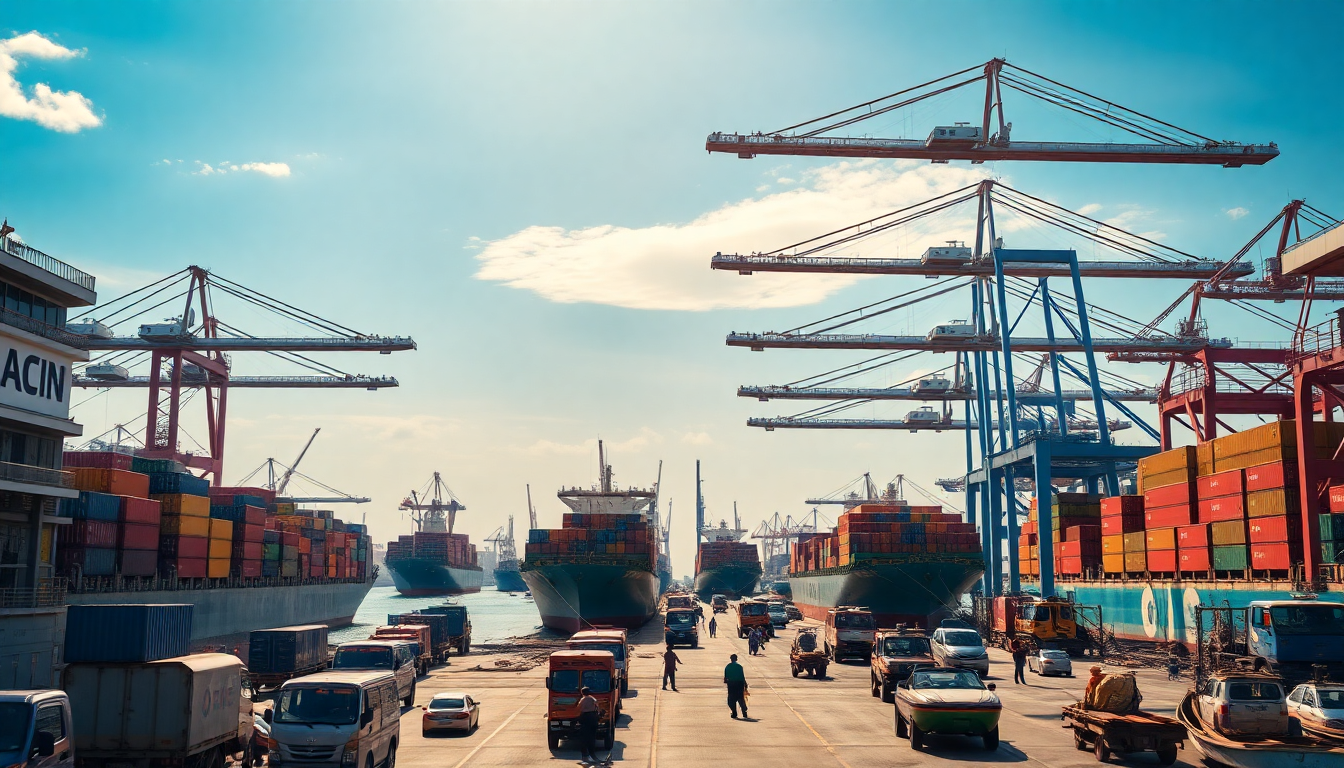Table of Contents
In a world where the tectonic plates of trade are shifting, it seems like the Southeast Asian region is desperately grasping at straws to keep its head above water. The Pacific trade landscape, dominated by heavyweights, leaves little room for the underdogs.
Yet, here we are, with dreams of a more integrated European Union shaking hands with this often-overlooked part of the world. What is this, some kind of far-fetched fantasy? Perhaps. But let’s poke at the absurdity of it all, shall we?
Trade dreams and diplomatic dilemmas
The idea that a more economically integrated EU could cozy up to Southeast Asia sounds like a plot twist in a bad soap opera. Can you imagine that? The two sides, once worlds apart, now sitting at the same table, sharing trade secrets like it’s a high school gossip fest.
But let’s not kid ourselves; this isn’t some romantic comedy. The reality is that entrenched regional interests are the ultimate party poopers when it comes to international cooperation.
Breaking down the barriers
Regional interests are like that stubborn ex who just won’t let go.
They cling to the status quo, resisting any attempts at reform with the same tenacity as a dog with a bone. The challenge lies in overcoming these obstacles, which are as thick as molasses on a cold winter’s day.
It’s not just about wanting to trade; it’s about getting everyone on the same page, and that’s where the real fun begins.
Is it even possible?
So, we’re left to wonder: is it even possible for Southeast Asia to elevate its status in this global trade game? The answer is a resounding maybe.
If the stars align and the powers that be can wrangle their egos long enough to come together, we might just see a shift. But let’s be real—this is politics we’re talking about. It’s messy, it’s convoluted, and it’s often downright ridiculous. The irony? The very entities that need to cooperate are the ones that seem the least inclined to do so.
Lessons from the past
History is chock-full of examples where potential alliances fell flat on their faces. It’s like watching a car crash in slow motion; you can’t look away, even if you know how it ends. Southeast Asia has seen its fair share of these train wrecks, and the lessons learned should be etched in stone. If the region truly wants to compete, it must learn to navigate the minefield of international politics with the grace of a ballerina and the cunning of a fox.
The future of trade
As we gaze into the crystal ball, the future of trade remains uncertain. Will Southeast Asia rise to the occasion and seize the opportunity to redefine its role on the global stage? Or will it continue to languish in the shadows of its Pacific counterparts? Only time will tell, but one thing is for sure: the status quo is far from satisfactory.
Final thoughts
In the grand scheme of things, the potential for Southeast Asia to boost its trade relations with Europe is a tantalizing prospect. But let’s not hold our breath. The road ahead is fraught with challenges, and the players involved are anything but predictable. So, as we sit back and watch this drama unfold, we might as well grab some popcorn and enjoy the show. After all, who doesn’t love a good plot twist?





